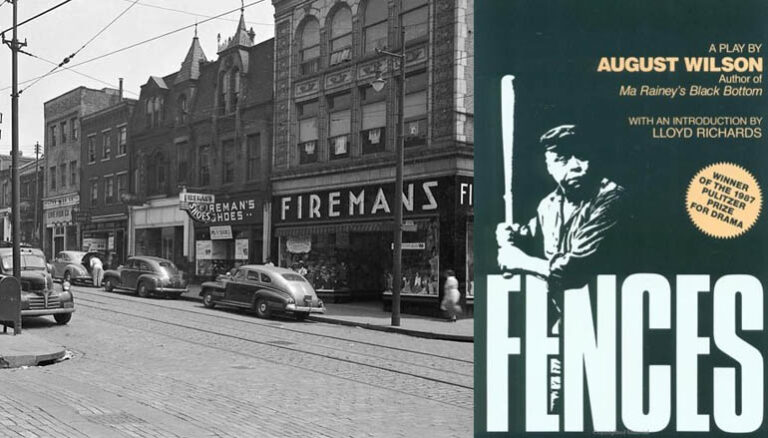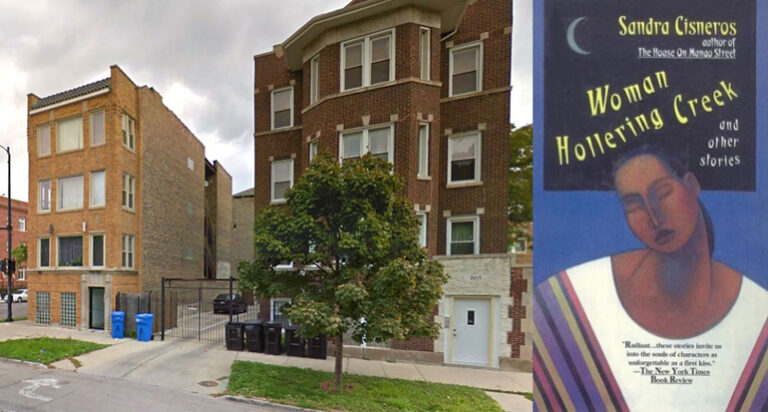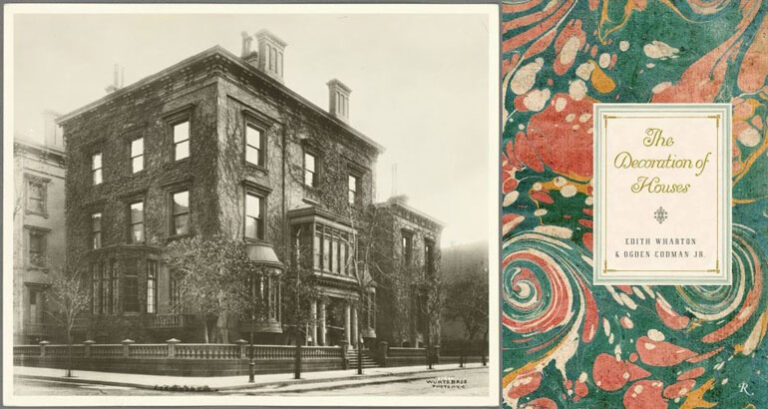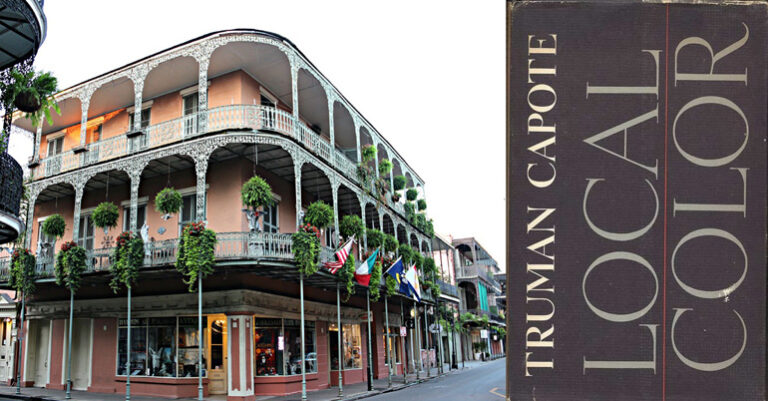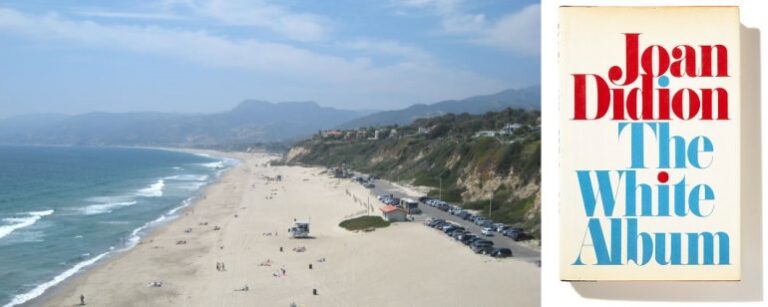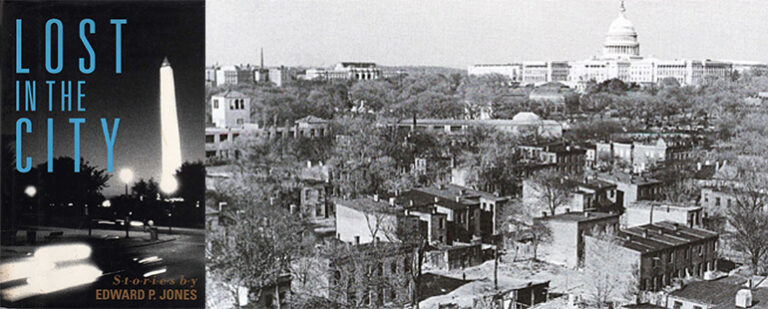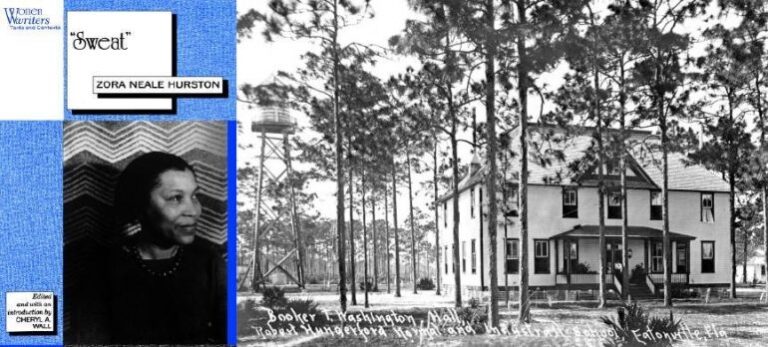The Limits and Freedoms of Literary Regionalism: The Cycle of Isolation in Sherwood Anderson’s Modernist Midwest
Loosely based on Anderson’s hometown Clyde, Ohio, Winesburg, Ohio contains twenty-two stories that reference each other―all highlighting specific characters who are bound by their shared feelings of loneliness. This cyclical, self-aware form of storytelling situates Winesburg as an early work of Modernist literature.

